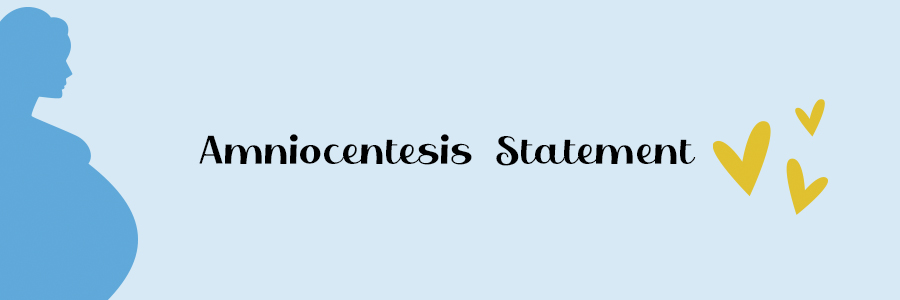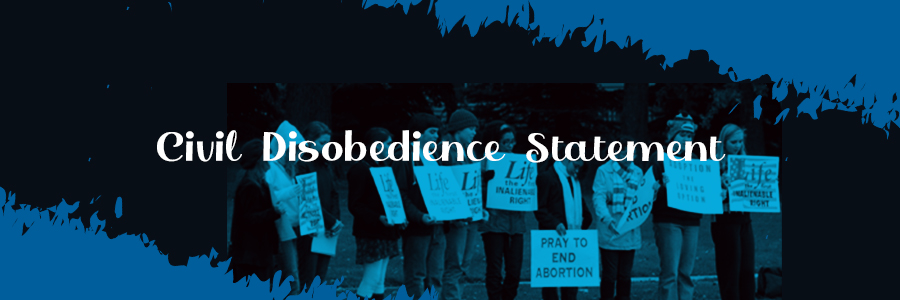The Biology of Cloning
The actual cloning procedure is highly technical and extremely difficult. It took 277 tries to clone Dolly. However, the concept of how cloning is supposed to work is not difficult at all to understand. First a little review of some basic biology. When the 23 chromosomes in the nucleus of the sperm unite with the 23 chromosomes in the nucleus of the egg, a new and unique one-celled human being is formed (you!) You are called an embryo from this point until the 8th week. After 4-5 days of development, you are also referred to as a blastocyst. You consist of a single layer of cells forming a hollow sphere with a mass of cells inside the sphere toward the top. The single layer of cells on the outside of the sphere will eventually form your placenta and umbilical cord.
The mass of cells inside the sphere are referred to as stem cells. All of the rest of you will stem from these cells. They will form your heart, liver, brain, pancreas, skin, bones, etc. Each has the potential to become any kind of cell of the body. As you travel through the fallopian tube and implant in your mother’s uterine lining, these cells begin to differentiate and you continue to develop in a miraculous way. The stem cells in the blastocyst, before they differentiate, are what researchers are after. They believe these cells have great potential in treating disease.
There is a problem, however. The stem cells are extracted from the blastocyst and transferred to a petri dish where they are induced to self-replicate. The problem is that the blastocyst is destroyed when the stem cells are taken. More precisely, a tiny, unique human being is killed.
Cloning is asexual. No uniting of sperm and egg is necessary. The first step is to remove the nucleus form an egg cell. Next the nucleus from a body or somatic cell of the person you want to clone is transferred into the egg. This nucleus contains all 46 chromosomes, the genetic code of the person you are cloning. The egg is then stimulated and tricked into thinking it has been fertilized. Growth and development begins and, if this tiny human being is implanted into a womb, will continue as in the normal process of procreation. This new person is the genetic or identical twin of the person from whom the somatic cell was taken.
Most people are opposed to cloning in order to produce a born child. This has been referred to as reproductive cloning. However, many researchers make a distinction between cloning to produce a born child and cloning to produce embryos as a source of stem cells. In other words, they are in favor of cloning embryos to obtain stem cells for research in treating various diseases. Therefore, this has been referred to as therapeutic cloning.But cloning is cloning. Once you transfer that somatic (body) cell into that egg cell and stimulate it to grow, you have produced another human being. The question that remains is what to do with that human being-destroy him or her for stem cells or implant him or her into a womb. It is important for Pro-lifers to understand that therapeutic cloning does not prevent the formation of a human being. It, in fact, dictates that a human being be destroyed.
The Language of Cloning
Because the word “cloning” itself often produces a negative reaction, the phrase “somatic cell nuclear transfer” has been used instead of “therapeutic cloning.” So you might hear researchers or politicians say, “I’m opposed to cloning humans, but I am in favor of somatic cell nuclear transfer for the purpose of treating disease.” This sounds good, but think about what is being said.






